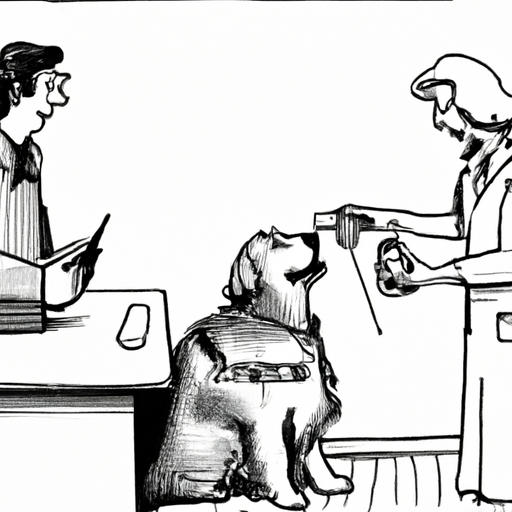As a loving caregiver to your furry friend, it’s crucial that you know how to handle their health issues efficiently. One medication you might need to administer is Entyce, a veterinary appetite stimulant. In this guide, we’ll discuss how to administer Entyce for dogs properly, ensuring your pet’s safety and health.
Understanding Entyce
Entyce, also known as capromorelin, is the only FDA-approved oral solution designed to stimulate a dog’s appetite. It works by mimicking the hormone ghrelin, which signals the brain to trigger feelings of hunger. If your dog is not eating well due to serious illness, surgery, or age-related issues, your vet may prescribe Entyce.
When to Use Entyce
Always consult your vet before starting any new medication. Here are some scenarios where Entyce might be beneficial:
- Post-Surgery Recovery: Dogs often lose their appetite after surgery due to anesthesia and pain. Entyce can help stimulate their appetite during this recovery period.
- Chronic Diseases: Dogs with chronic diseases like kidney disease or cancer may experience a loss of appetite. Entyce can help improve their food intake, contributing to their overall health.
- Age-Related Appetite Loss: As dogs age, they may eat less. If your older dog isn’t eating enough, Entyce can help stimulate their appetite.
Preparing to Administer Entyce
Before administering Entyce, make sure you:
- Understand the prescribed dosage: This will be based on your dog’s weight.
- Have the right tools: Entyce comes with a syringe for easy administration.
- Create a comfortable environment: Make sure your dog is relaxed and comfortable beforehand.
How to Administer Entyce
Follow these steps to administer Entyce to your dog:
- Draw the prescribed amount of Entyce into the syringe.
- Gently open your dog’s mouth and insert the syringe into the side of the mouth.
- Slowly push the plunger to administer the medication.
- Allow your dog to swallow the medication.
- Reward your dog with praise or a small treat.
Remember, consistency is key when administering medication. Try to give Entyce at the same time each day.
Potential Side Effects of Entyce
Entyce is generally well-tolerated by dogs. However, like all medications, it can have side effects:
| Side Effect | Description |
|---|---|
| Diarrhea | Loose, watery stools. |
| Vomiting | Expelling stomach contents. |
| Lethargy | Lack of energy or enthusiasm. |
| Increased thirst | Drinking more water than usual. |
If you notice any of these side effects, contact your vet immediately.
Frequently Asked Questions
Q: Can I give Entyce to my dog without a vet’s prescription?
A: No. Entyce is a prescription medication and should only be given under the guidance of a vet.
Q: How long does it take for Entyce to work?
A: Most pet owners notice an improvement in their dog’s appetite within 1-2 days of starting Entyce.
Q: Can I stop giving Entyce if my dog’s appetite improves?
A: No. Always follow your vet’s advice regarding the duration of treatment. Stopping the medication abruptly can lead to withdrawal symptoms.
Q: What should I do if I miss a dose?
A: If you miss a dose, give it as soon as you remember. If it’s close to the time for the next dose, skip the missed dose and continue with your regular schedule.
Your dog’s health and well-being are of utmost importance. Entyce can be a valuable tool in managing their appetite and overall health. Always consult with your vet before starting any new medication and follow their instructions carefully. With proper care and love, your furry friend will be back to their playful self in no time.



